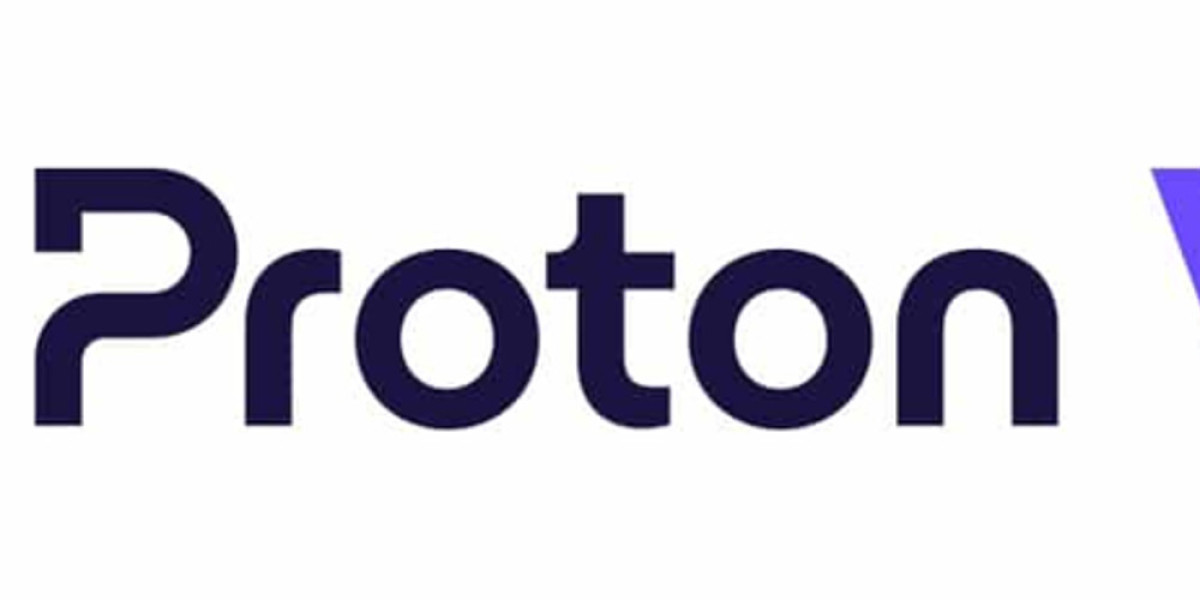1. Introduction to CE Certification
The Conformité Européenne (CE) marking signifies that a product complies with the European Union's health, safety, and environmental protection standards. Mandatory for products sold within the European Economic Area (EEA), the CE mark ensures free movement within the market and indicates that the manufacturer has assessed the product's conformity with EU regulations.
2. Products Requiring CE Marking
CE certification applies to a wide range of products, including:
Electrical equipment: Household appliances, lighting equipment, and IT devices.
Machinery: Industrial equipment and tools.
Medical devices: Surgical instruments, diagnostic equipment, and implants.
Toys: Children's toys and recreational items.
Personal protective equipment (PPE): Safety helmets, gloves, and masks.
It's essential to consult the specific EU directives and regulations to determine if a product requires CE marking.
3. Steps to Achieve CE Certification
To obtain CE marking, manufacturers should follow these steps:
a. Identify applicable directives and standards: Determine which EU directives and harmonized standards apply to the product.
b. Assess product conformity: Conduct a conformity assessment to ensure the product meets essential requirements. This may involve testing, quality management system implementation, or risk assessments.
c. Compile technical documentation: Prepare a technical file containing evidence of conformity, such as design documents, test reports, and risk analyses.
d. Affix the CE mark: Once compliance is confirmed, affix the CE marking to the product and, if required, involve a notified body for certification.
e. Draft the Declaration of Conformity: Create a document declaring the product's compliance with relevant EU directives and standards.
4. Benefits of CE Certification
Achieving CE certification offers several advantages:
Market access: Allows products to be sold freely within the EEA without additional testing or modifications.
Consumer trust: Demonstrates commitment to safety, health, and environmental protection, enhancing brand reputation.
Legal compliance: Ensures adherence to EU regulations, reducing the risk of legal penalties and product recalls.
In conclusion, CE certification is a crucial aspect of product compliance for manufacturers aiming to enter the European market. By understanding the requirements and following the necessary steps, businesses can ensure their products meet EU standards, facilitating market access and building consumer confidence.








